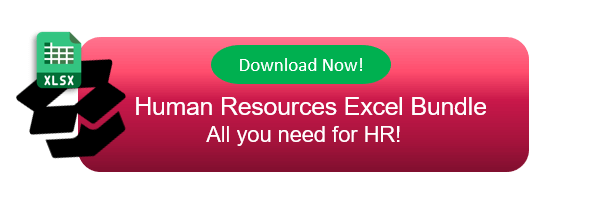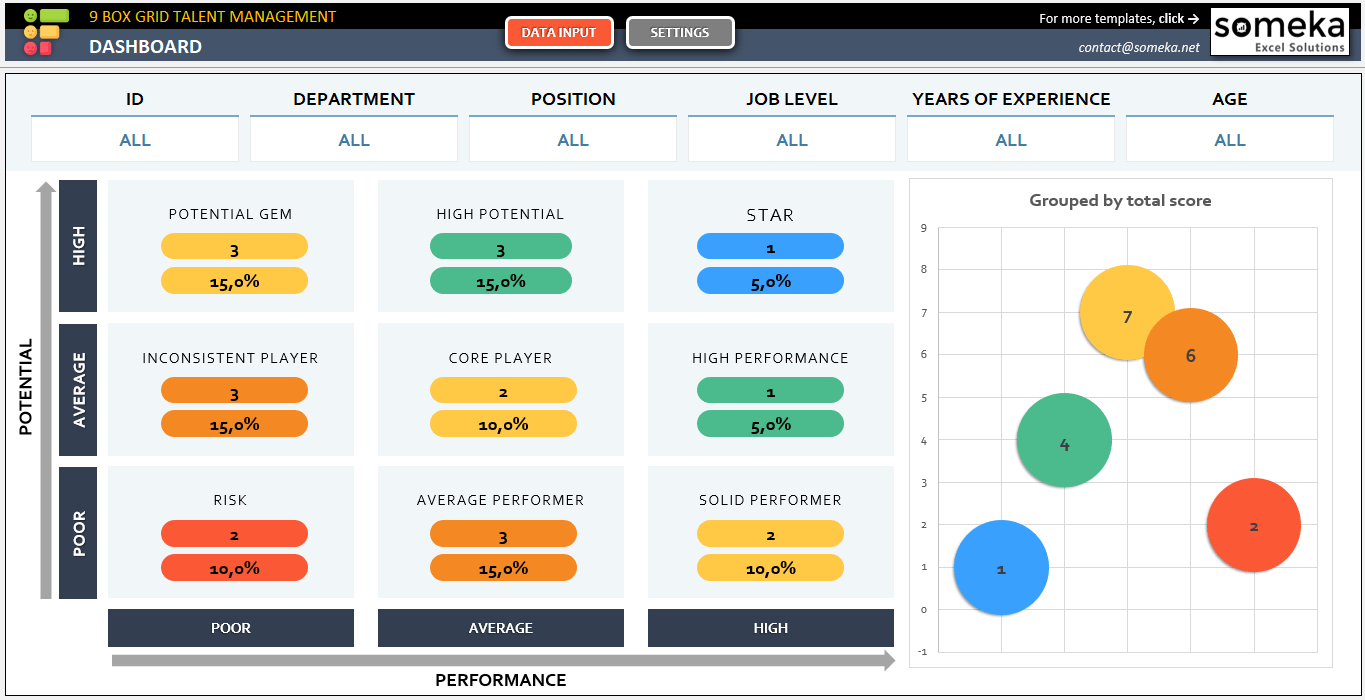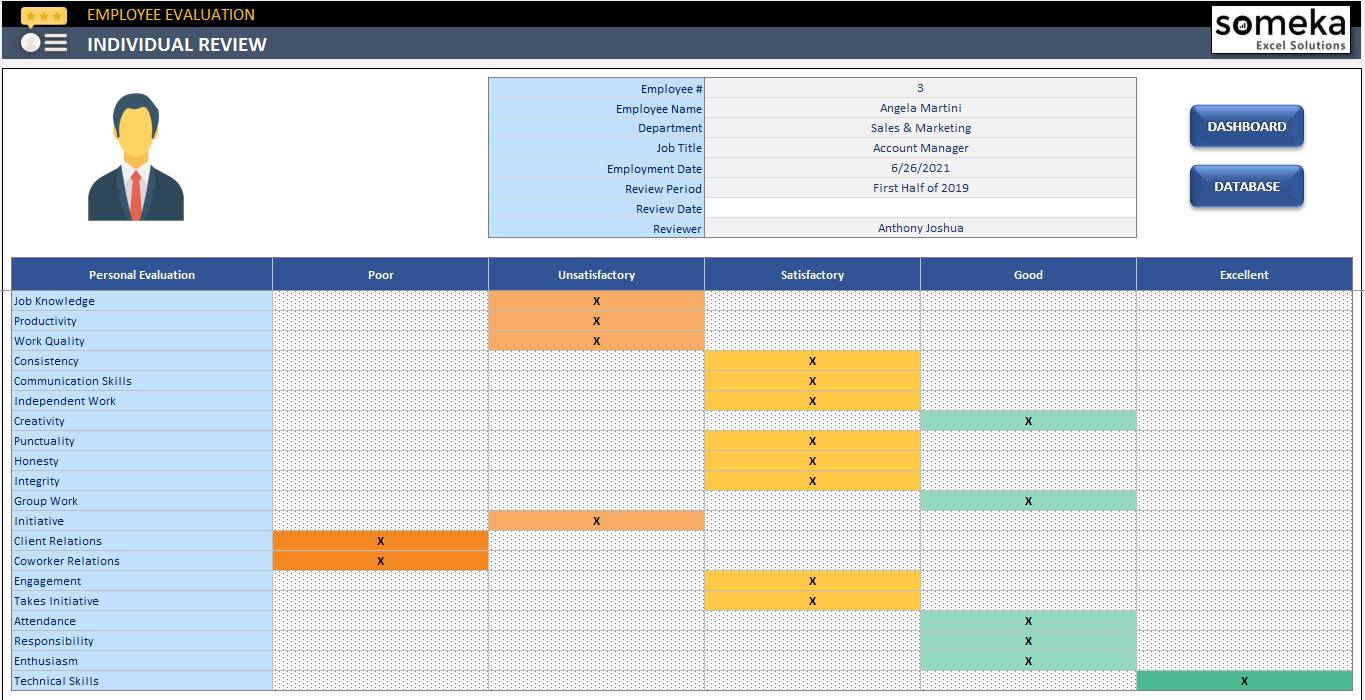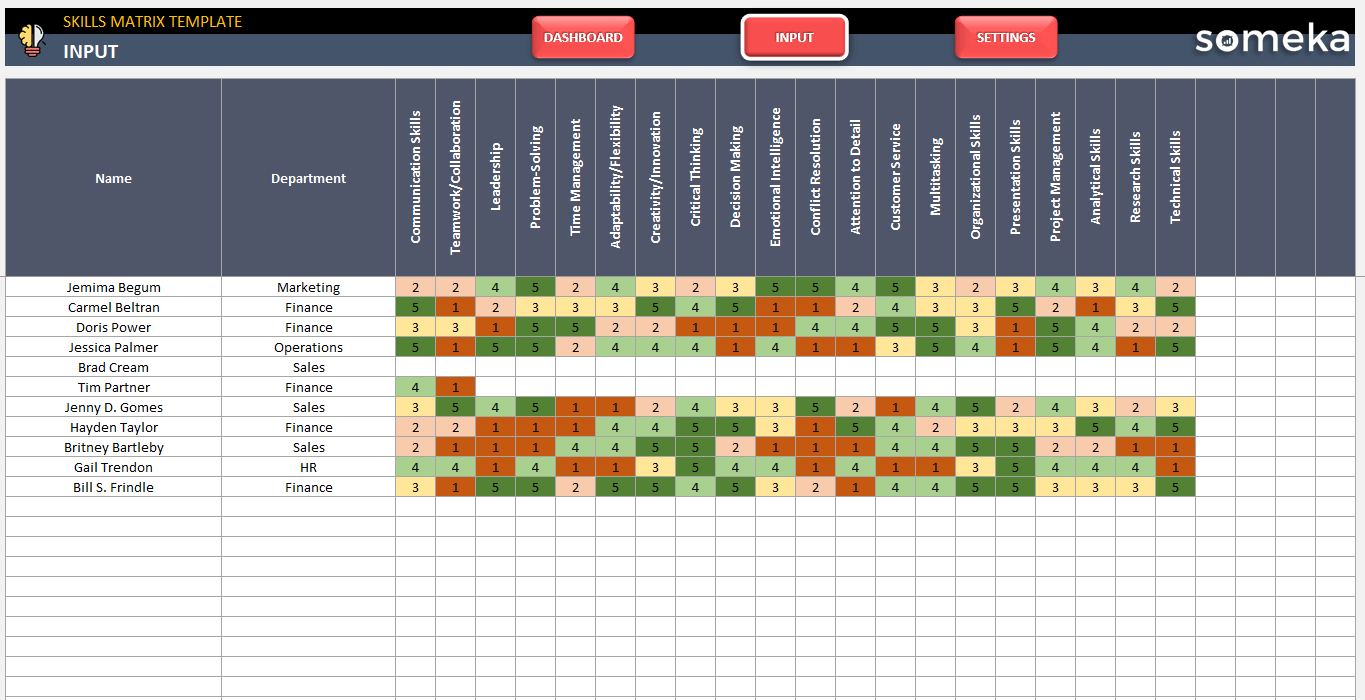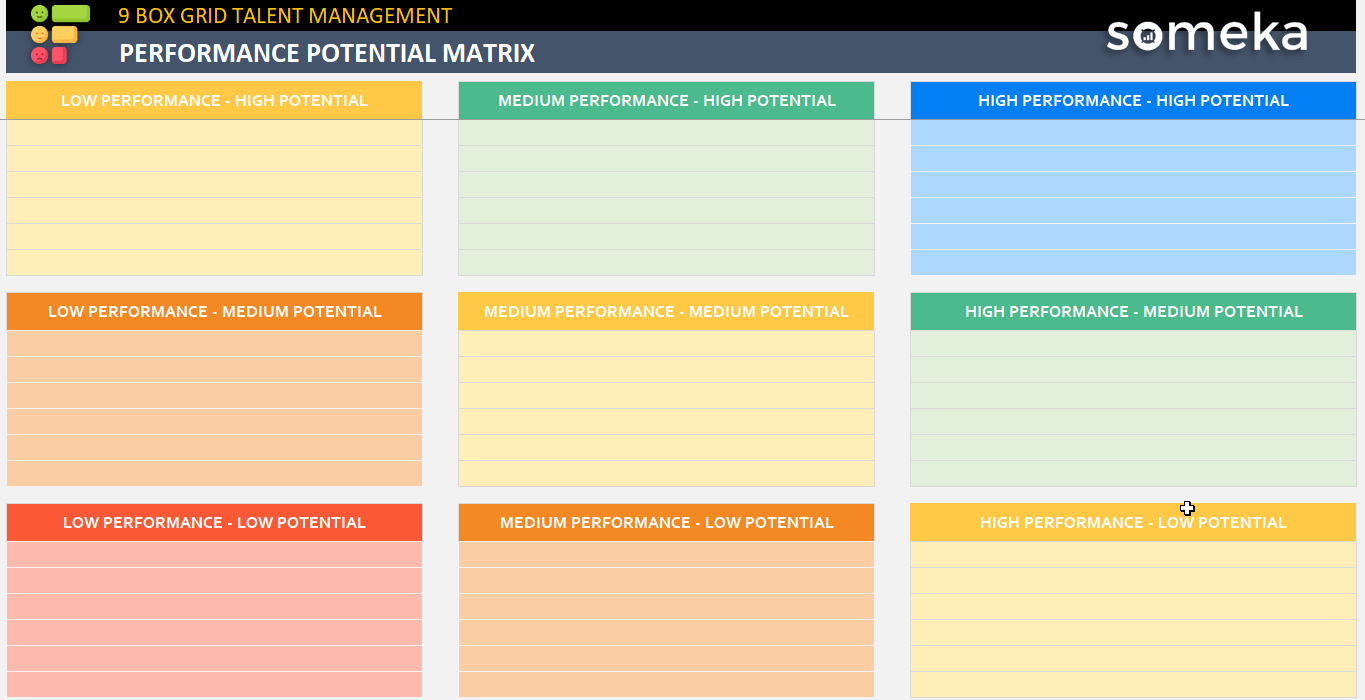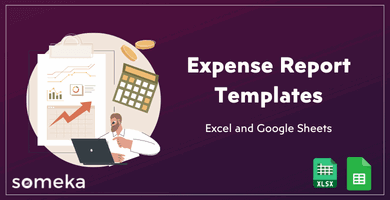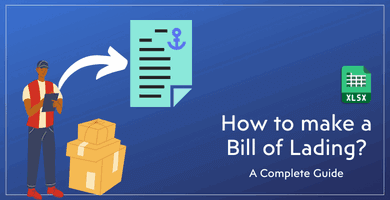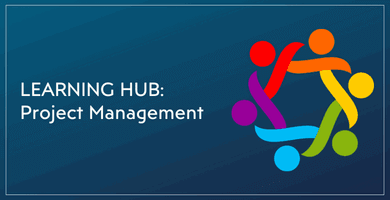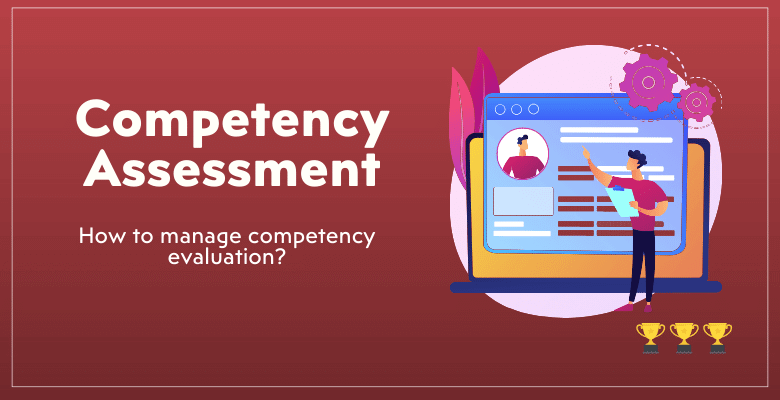
What is a Competency Assessment? [Definition and Templates]
Competency assessment is a strategic method used in skills management is competency evaluation. In this article we’ll discover employee competency assessment concept from all aspects.
Table Of Content
1. What Is Competency Assessment?
2. Objectives of Competency Assessment in the Workplace
3. How to use a competency assessment?
4. Importance of competency assessment
5. How to Design an Effective Competency Framework?
6. Employee Competency Assessment Examples
7. Competency Assessment Tools
8. Competency Assessment Challenges and Solutions
9. How to Measure the Effectiveness of Competency Assessment?
10. How to Incorporate Competency Assessment into HR Strategy?
11. FAQ’s
1. What Is Competency Assessment?
A strategic method used in skills management is competency evaluation. Systematically judging an employee’s information, technical skills, and abilities is what it means. This test isn’t just about checking off current skills; it’s also about finding places where people can improve in the future. The process is thorough and looks at all of an employee’s professional skills, including both hard and soft skills.

Competency evaluation is an important tool for companies that want to learn more about their employees and make the most of their skills.
Key Aspects:
Holistic Evaluation: Involves assessing both technical and soft skills.
Future Development Focus: Identifies areas for potential growth and training.
Alignment with Business Needs: Ensures skills are in line with organizational objectives.
2. Objectives of Competency Assessment in the Workplace
In the workplace, competency evaluations serve many purposes and make a big difference in the overall strategy and growth of a company.
Some important goals are:
- Finding Skill Gaps
- Improving Employee Performance
- Helping People Make Better Hiring Decisions
- Supporting Succession Planning
- Driving Organizational Growth
These goals show how important competency tests are for building a strong and skilled staff that is ready to adapt to the changing needs of the business world.

3. How to use a competency assessment?
A structured method is needed to use a competency assessment well. When used properly, this tool can make a big difference in how an organization manages its talent.
First you should describe the necessary skills. Figure out what skills and information are needed for each job in your company.
Then you should tell people about the process. And, here make sure that your workers know what the competency assessment is for and how it works.
Afterwards, you should give the Competency Test. This is an important step. So to figure out what competencies someone has, you can use a variety of tools and methods, like self-evaluations, interviews, or performance reports.
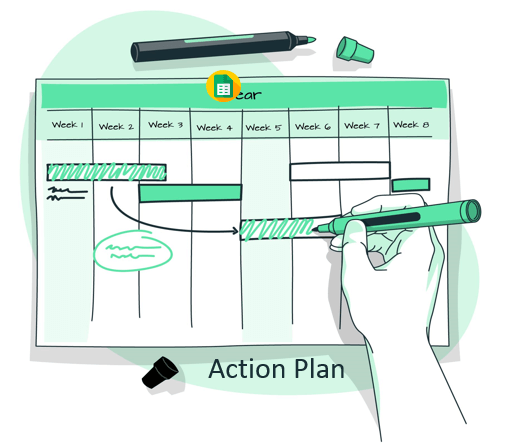
Then, you should look at the results. Gather and look over the information to find out what skills each employee has and where there are gaps.
Also, define your action plans to close your skills gaps. Make individual growth plans based on the test results to fill in skill gaps and build on strengths.
Lastly, you should check on Progress. Review and update the competency tests on a regular basis to keep up with changes in jobs, responsibilities, and the needs of the business.
4. Importance of Competency Assessment
Assessing a worker’s skills, ability to change, and alignment with the company’s goals are all very important. You can’t say enough about how important it is in today’s job.
Important Pros of Competency Assessment:
- Better performance management: It makes performance reviews more accurate by connecting each person’s skills to their overall job success.
- Targeted Employee Development: Companies can make training and development programs more useful for employees by figuring out exactly what they need to work on.
- More engaged employees: When their skills and abilities are recognized and developed, employees often feel more respected and understood.
- Strategic Planning for the Workforce: Competency assessment helps predict what skills will be needed in the future, which helps build a workforce ready for new tasks.
- Better Hiring and Retaining: When you know exactly what skills are needed, you can hire people more specifically, and when employees fit their jobs better, they are more likely to stay with the company.
5. How to Design an Effective Competency Framework?
Making a good competency framework is very important for the success of competency evaluations. This framework is the basis for figuring out what skills and abilities are needed for different jobs in a company.
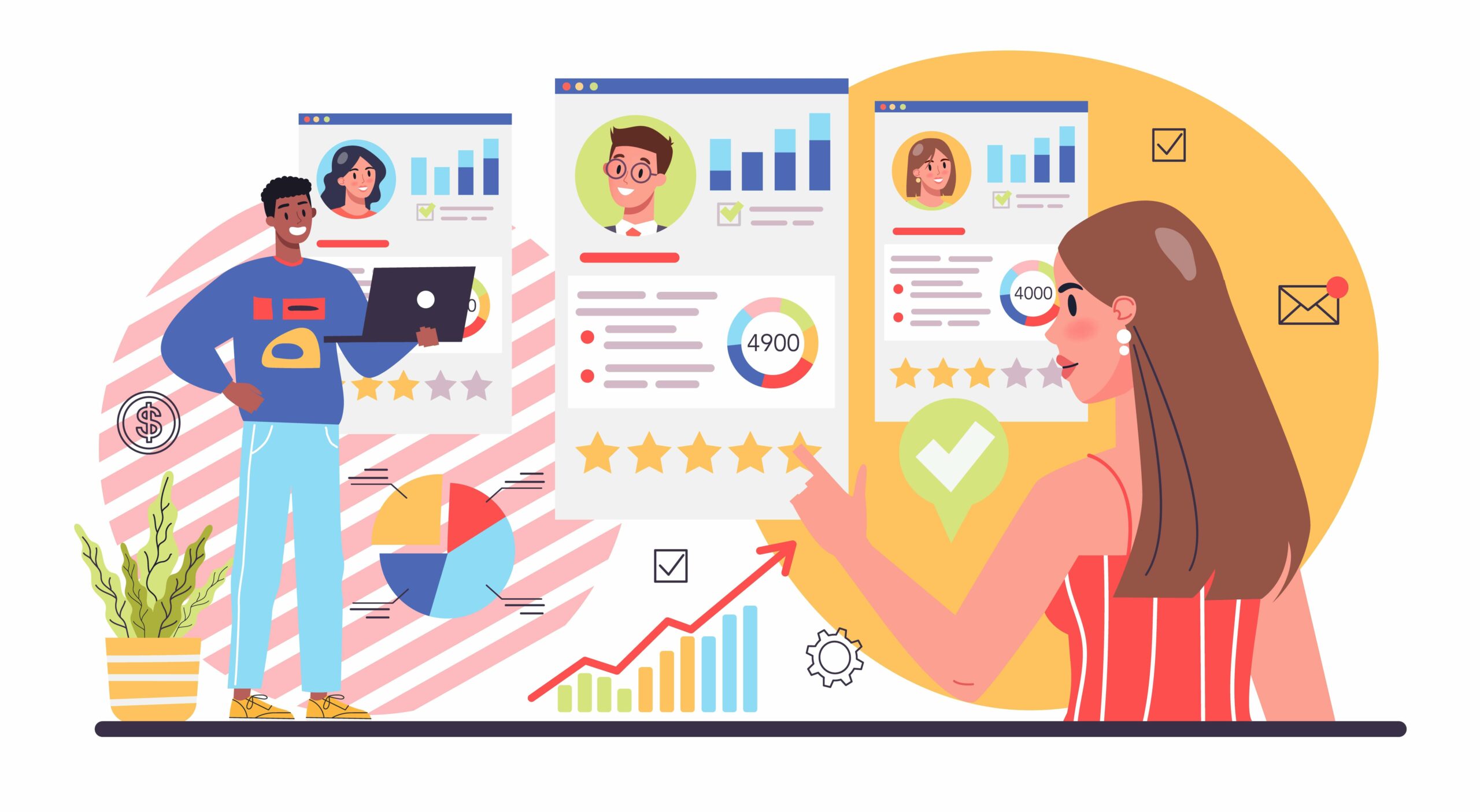
Important Steps for Making a Competency Framework:
- Figure out the organization’s goals.
- Describe the skills needed for each role and make a list of the technical and “soft” skills that are needed for each job.
- Bring in Stakeholders. So talk to managers, HR workers, and employees to get their ideas.
- Sort competencies into groups.
- Set levels of proficiency for each competency so that evaluations can be more nuanced.
- Make indicators of behavior.
- Make sure it’s flexible and scalable.
6. Employee Competency Assessment Examples
Here are three real-life examples of how competency tests can be used to show how they can be put to use.
Example 1: Communication Skills Assessment
Goal: Test the spoken, unspoken, and written communication skills of your workers.
The research was done by watching presentations, getting comments from peers and managers, and reading written materials.
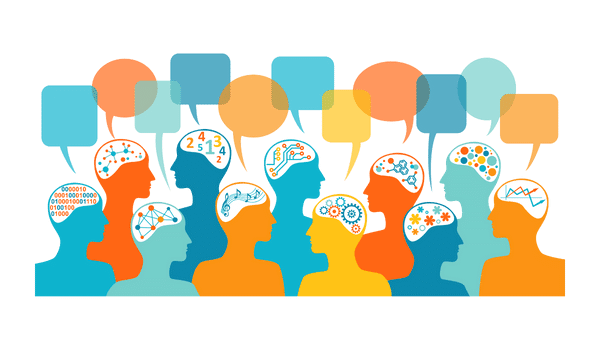
Find out what training you need in areas like business writing, active listening, or public speaking.
Example 2: Leadership Competencies Assessment
Goal: Test leadership skills like making decisions, managing teams, and thinking strategically.
You can use surveys for leaders, feedback from all sides, and an analysis of team success metrics as methods to make leadership competence assessments.
So, you aim to reach customized programs for leadership growth and succession planning.
Example 3: Technical Skills Assessment
Goal: Find out how well someone knows how to do complex tasks related to their job.
Among the common methods here, we can list technical homework or tests, reviews of certifications, and work on projects.
Thus, you should make technical training classes more relevant and find people who are qualified for more advanced roles or projects.
These examples show how competency assessments can be used to test a wide range of skills that are important for the success of a company.
7. Competency Assessment Tools
For competency tests to work, it’s important to choose the right tools. These tools not only make the process easier, but they also make the reviews more accurate and fair.
Some popular tools for evaluating competencies are:
-
9 Box Grid Staff Review:
Used to compare how well an employee is doing to how well they could do, which helps with planning for the future and managing people.
– This is the Dashboard from 9 Box Grid Excel Template by Someka –
-
Employee Evaluation Forms:
Standardized forms help evaluate employees’ skills and work in a structured way.
– An example from Someka’s Employee Evaluation Form Template in Excel –
-
Skills Matrix Review
A grid-based tool that shows visually how skilled and proficient workers are, which can help you figure out what training they need.
– This is the competency map from Skills Matrix Excel Template by Someka –
-
Performance-Potential Value Matrix
This tool uses both performance metrics and potential assessments to help find employees with a lot of promise.
– This is an example created by Someka’s 9 Box Grid Generator –
In the competency assessment process, each of these tools does a certain job, such as finding skill holes or planning for future leadership needs. The goals of the assessment and the situation in the company will determine which tool to use.
8. Competency Assessment Challenges and Solutions
There are some problems that come up with competency evaluations, even though they are very helpful. It is very important for the success of the grading process that these are dealt with properly.
Common Problems and Ways to Fix Them:
| Challenge | Problem | Solution |
|---|---|---|
| Assessments that are subjective | Personal attitudes can affect how people judge things. | To make sure assessments are fair, use standard criteria and train examiners. |
| Resistance from employees | The problem is that employees might be nervous about being reviewed. | Make it clear to employees what the goal and benefits of assessments are in order to get their support. |
| Getting in line with business goals | Making sure that the assessment fits with the goals of the company. | Keep competency frameworks up to date so they show how business strategies change over time. |
| Limits on Time and Resources | Testing competencies can take a lot of time and resources. | Use useful tools like online polls and software that does the research for you automatically. |
| Keeping evaluations up to date | Making sure that skill models are still useful after a while. | Review and update competencies on a regular basis to keep up with changes in the job and the business. |
Taking these problems head-on will keep competency tests useful and effective, giving companies and employees useful information for growth and development.
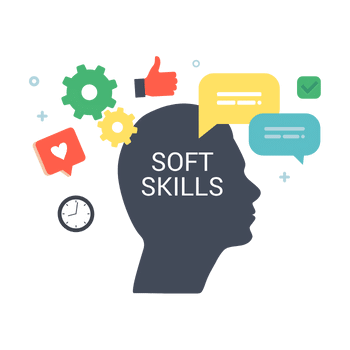
9. How to Measure the Effectiveness of Competency Assessment?
It is important to measure how well competency assessments work to make sure they are giving the company the value that was intended. You can figure out how successful this is in a number of different ways.
Some important approaches are:
Metrics for Improving Skills: Based on test results, keep track of how skill levels changed before and after specific training programs.
Metrics for Performance: Keep an eye on how job performance, productivity, and the level of work improve after competency-based developments.
Feedback from Employees: Ask workers what they think about how useful and applicable the assessments are to their professional growth.
The rates of turnover and retention: Look at how loss and retention have changed over time, especially for key or high-potential employees who were found through assessments.
Succession planning rates that work: Check how well succession plans that were based on competency tests worked.
10. How to Incorporate Competency Assessment into HR Strategy?
If you include competency assessment in your overall HR strategy, it will become an important part of both organizational growth and talent management. This strategic addition can help with better planningof the workforce, better training for employees, and better overall performance of the company.
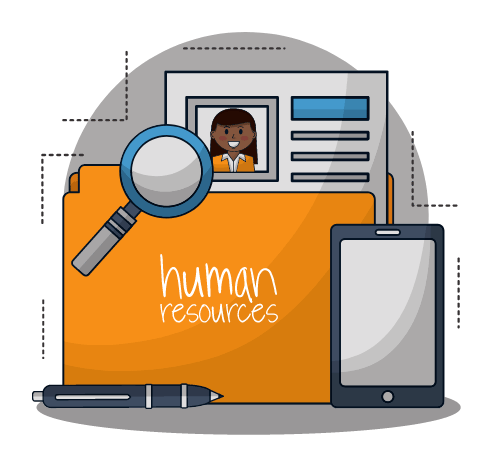
Ways to help with integration:
- Align with the goals of the organization
- Connect to Onboarding and Recruitment
- Use skill tests during the hiring process to find people who are a good fit for the job and the company’s culture.
- Regular performance reviews should include a competency rating to give a more complete picture of an employee’s work.
- Use the results of competency tests to make training programs that fill in skill gaps and help people advance in their careers.
- Use competency data to find potential leaders and make choices about succession planning.
- Encourage your workers to keep evaluating themselves and improving based on feedback on their skills.
11. FAQ’s on Competency Assessment
Here are some of the most common questions on competency assessment concept.
What are the common types of competency assessment?
The common types of competency assessment include:
- Self-Assessment: Employees evaluate their own skills and capabilities.
- Manager Assessments: Managers assess the competencies of their team members.
- 360-Degree Feedback: Employees receive feedback from peers, supervisors, and sometimes clients.
- Psychometric Tests: These are standard tests measuring specific competencies like problem-solving and emotional intelligence.
- Skill-Based Assessments: Direct testing of specific skills, often through practical tasks or simulations.
- Behavioral Assessments: Observing and evaluating behaviors in specific situations to infer competencies.
Each type offers unique insights and is useful in different contexts. You can use them in combination for a comprehensive evaluation.
What are competency assessment methods?
Competency assessment methods vary, depending on the specific competencies being evaluated:
- Interviews and Surveys
- Observation
- Job Simulations
- Psychometric Testing
- Performance Reviews
- 360-Degree Feedback
These methods can be tailored to suit different roles and organizational contexts.
What is a competency assessment form?
A competency assessment form is a document used to record the evaluation of an individual’s competencies. It typically includes: Competency Categories, Rating Scale, Behavioral Indicators, Comments Section.
These forms standardize the assessment process and provide a clear record of an employee’s abilities.
Recommended Readings:
Succession Planning: Complete Guide with Examples and Case Studies
